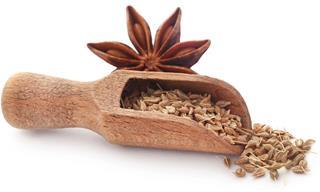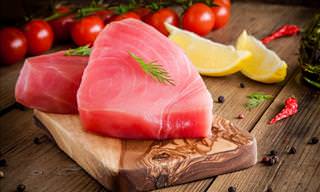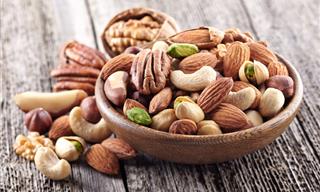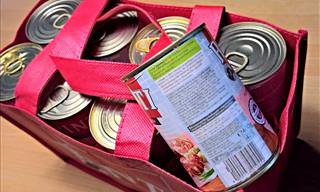Maintaining a balanced diet entails not only the types of foods we consume but also the quantities. Understanding serving sizes helps with portion management, which is critical for managing calorie intake and meeting nutritional goals.
It can be difficult to judge how much of a certain food is sufficient, especially when portion sizes vary greatly. Eating the right amount of food is crucial, as overeating can lead to weight gain and other health problems. In this article, we will discuss the recommended serving sizes for nine common foods.
Related: Weird Food Facts That’ll Make You Revise Your Food
1. Bread
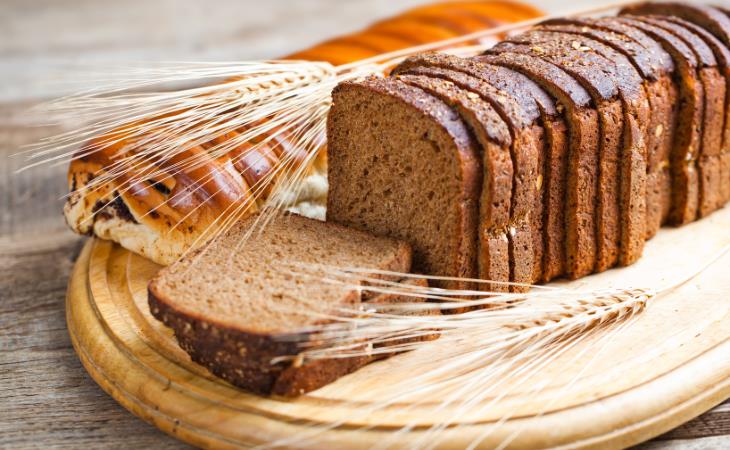
When you prepare a lunch consisting of a sandwich comprised of lean meat and vegetables between two slices of whole-grain bread, you're likely enjoying a meal that's more nutritionally balanced compared to eating out. However, it's important to be aware that accurately assessing the calories in your whole-grain bread can be a bit tricky.
Typically, a single serving of bread equates to one slice, and the calorie content can significantly vary among different brands. Dense bread packs twice as many calories as its lighter, thinner counterparts. Nevertheless, thicker whole-grain bread often offers more nutrients, fiber, and protein, which can effectively nourish, energize, and keep you satiated throughout the day.
2. Chicken Breast
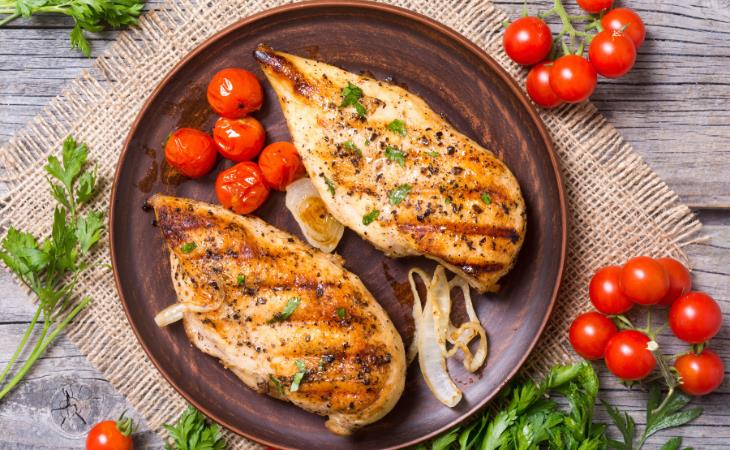
Chicken breast is a lean protein source. The recommended single portion of chicken is 3 to 4 ounces, about the size of a deck of playing cards. Some people use the palm of their hand as a guide. Depending on the vendor, some chicken breasts are two or three times the recommended serving size.
A 3-ounce serving of cooked chicken is about 85 grams or just over half a cup of chicken. For 4 ounces, it would be 133 grams or about 3/4 cup. Note that measuring chicken in cups is not very precise.
A 3-ounce serving of chicken breast contains 128 calories, 26 grams of protein, and 2.7 grams of fat.2 Depending on your needs, you may do best with more or less than this.
3. Fruit
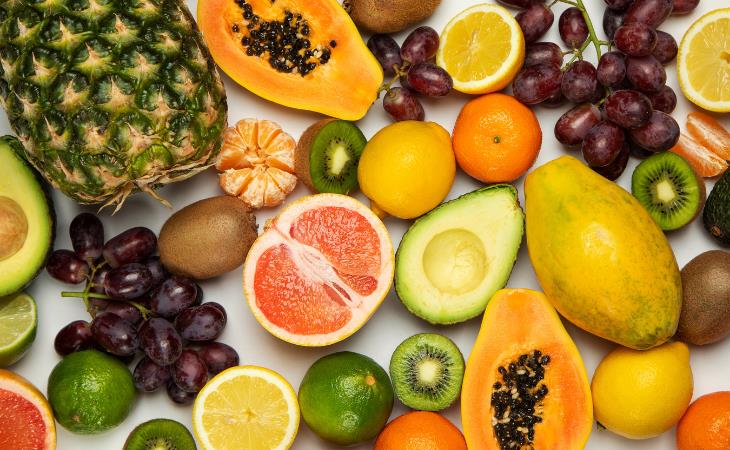
Choosing fresh fruit over high-fat desserts is a smart dietary move. However, for those who are meticulously tracking their calorie or sugar intake, it's prudent to regulate portion sizes.
Let's say you have a bowl of grapes. In your food diary, that would be counted as one serving of grapes. However, one serving of grapes is equivalent to just one cup or 16 grapes. To achieve precise serving sizes, consider using a trustworthy food scale to weigh your fruit in grams.
Fruit is rich in essential nutrients and has a filling effect because of its water and fiber content. Even if you happen to consume a bit more fruit than you intended, it's unlikely to significantly impact your diet. Keep in mind that for healthy eating and weight management, nutrient density should take precedence over calorie counting.
4. Pasta
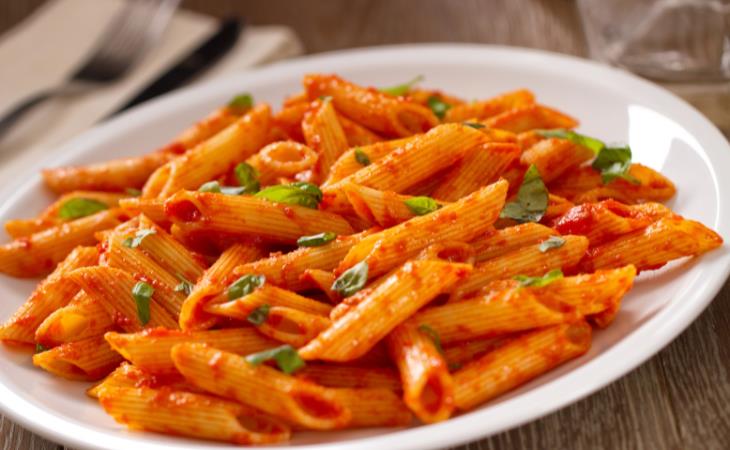
Pasta, a beloved comfort food, is often underestimated in portion size. One serving of cooked pasta is typically one cup, or the size of your clinched hand. This amount has approximately 200 calories, making it a manageable addition to your meal plan.
However, it's critical to keep pasta portion amounts in mind, as it's easy to underestimate and overindulge. The calorie count of pasta might skyrocket if you consume large quantities. Measuring your pasta before cooking is a good way to keep track of your calorie consumption and avoid overeating.
Whole-grain pasta is also available and is frequently a healthier choice due to its greater fiber content. These can also make you feel satisfied for extended periods of time, making it simpler to control portion sizes and maintain a healthy diet. intake.
Related: 8 Vital Tips To Keep In Mind While Reading Food Labels
5. Rice
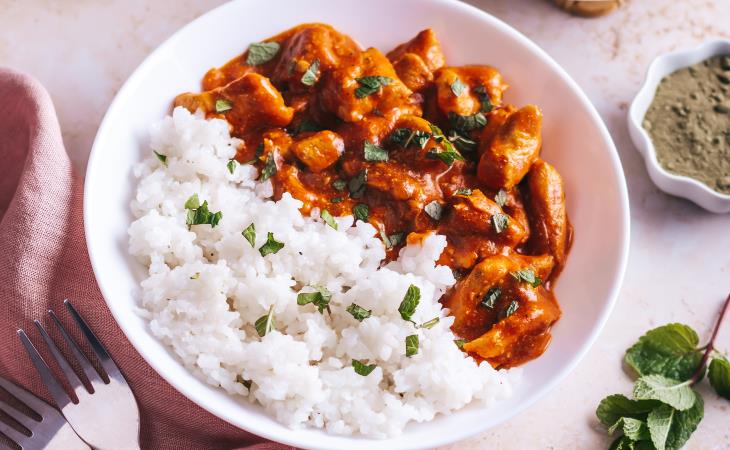
Rice is a mainstay in many cuisines around the world, but portion size matters. It ensures that you get the proper amount of carbohydrates, which are a key energy source, without overeating. A half-cup amount of cooked rice is considered a typical serving.
This serving size (approximately 125 grams) is around the size of a cupped hand or a tennis ball. It has about 100 calories, making it a useful and adaptable supplement to your meals. This portion size also adheres to dietary requirements, encouraging moderation and avoiding excessive calorie consumption.
Understanding rice serving size is particularly important because rice dishes can range from Asian stir-fries to Spanish paella. While rice is a staple dish in many countries, it's simple to serve or consume bigger servings unknowingly, resulting in needless calorie intake.
6. Salmon
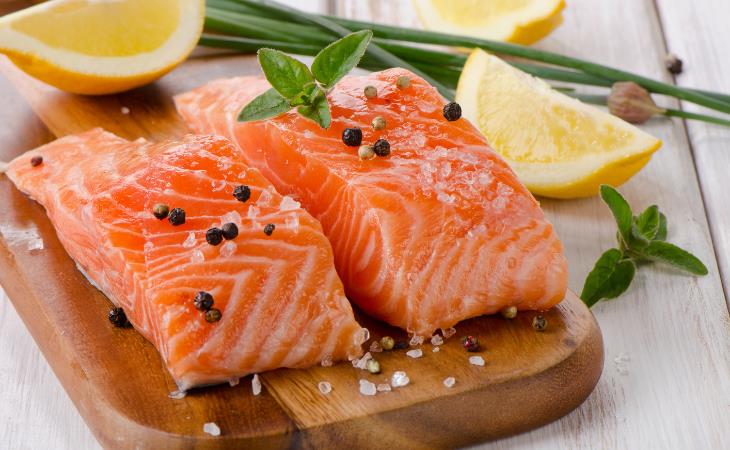
Salmon is packed with healthy omega-3 fatty acids. The recommended serving size for salmon is 3 to 4 ounces, which is about the size of a standard deck of cards or the palm of your hand. This serving size is widely used as a guideline since it allows people to control their calorie intake while still reaping the nutritional advantages of this delectable fish. This portion provides around 180 calories and is an excellent addition to your diet.
Salmon is a nutrient-dense food with numerous health benefits. It is a superb source of high-quality protein, which is required for human tissue maintenance and repair. Salmon is also well-known for its omega-3 fatty acids, particularly EPA (eicosapentaenoic acid) and DHA (docosahexaenoic acid), which have been linked to a variety of health benefits, including a lower risk of heart disease, enhanced cognitive function, and reduced inflammation.
7. Almonds
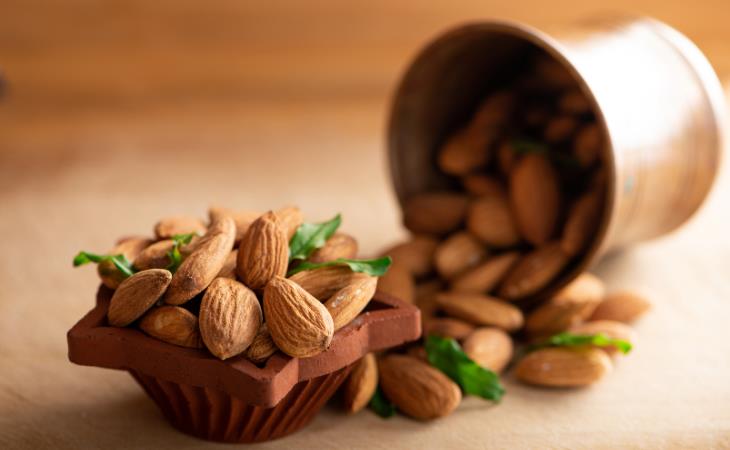
Nuts like almonds are a nutritious snack. The recommended serving size for almonds is 1 ounce, which is roughly similar to a small handful of almonds or approximately 23 individual nuts. This portion size contains approximately 160 calories, making it a calorie-packed but extremely nutritious snack option.
Almonds are a nutrition powerhouse, providing heart-healthy monounsaturated fats, protein, dietary fiber, vitamins (particularly vitamin E), and minerals such as magnesium and calcium. They are also a good source of antioxidants, such as flavonoids and phenolic compounds, which add to their positive health effects.
Despite their high-calorie content, almonds can be a healthy supplement to a balanced diet when consumed in moderation. Because of their satiating effects, they have been linked to a variety of health benefits, including enhanced heart health, a lower risk of chronic diseases, and better weight management.
8. Avocado

Avocado is rich in healthy fats. A serving is typically half of a medium-sized avocado, providing around 120 calories. This equates to approximately 1/3 to 1/2 cup of sliced or cubed avocado. Within this portion, you'll find around 120-160 calories, depending on the specific size and variety of avocado.
Avocado is a nutrient-dense fruit rich in heart-healthy monounsaturated fats. Besides these beneficial fats, it also contains essential vitamins and minerals such as potassium, vitamin K, vitamin E, and folate. Furthermore, it contains dietary fiber, which has been shown to improve digestion and provide a feeling of fullness.
Related: 11 Foods That Will Work Wonders For Your Digestion
9. Oatmeal
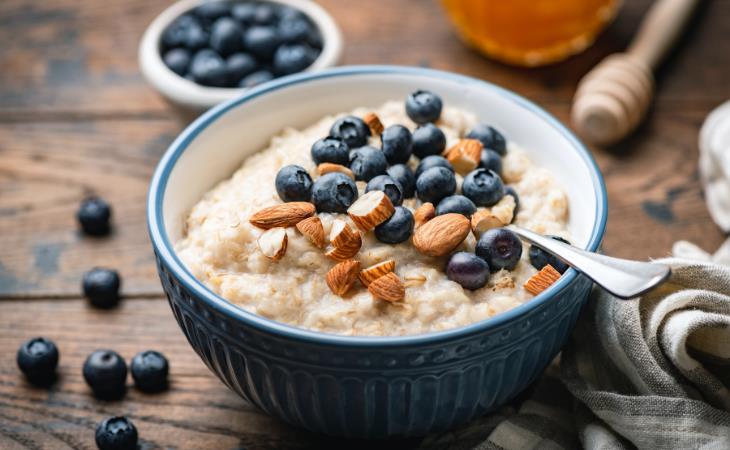
Oatmeal is a hearty breakfast option. A typical serving size of half a cup of dry oats delivers approximately 150 calories when cooked.
Oatmeal is widely recognized for its health benefits, owing mostly to its high fiber content, which promotes satiety and supports digestive health. Aside from calories, oatmeal contains critical nutrients such as complex carbohydrates, which provide prolonged energy, and numerous vitamins and minerals such as iron, magnesium, and B vitamins.
Customize your oatmeal with toppings like fruit, nuts, or honey for added flavor and nutrition.
 Go to BabaMail
Go to BabaMail






















